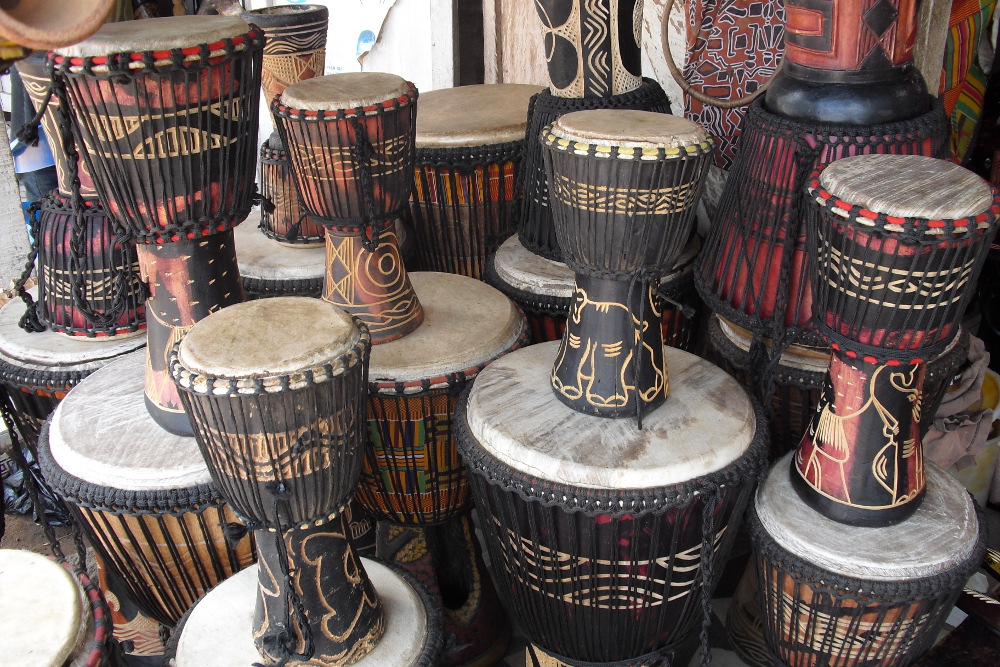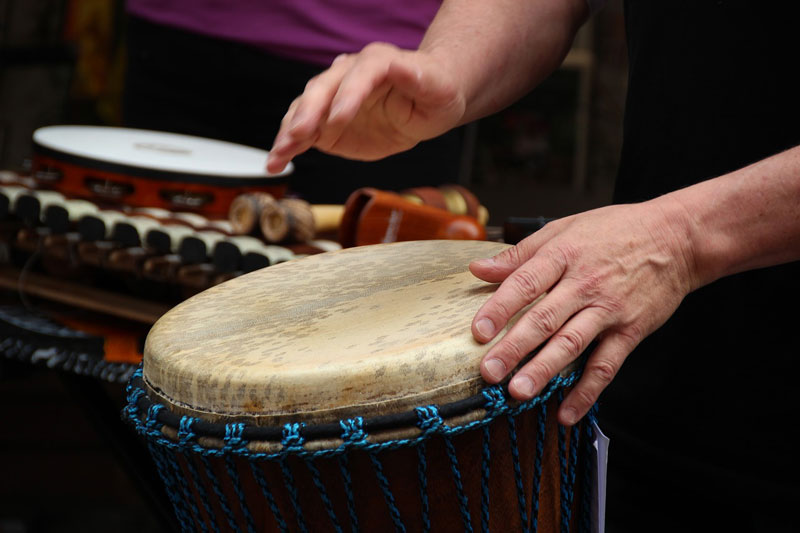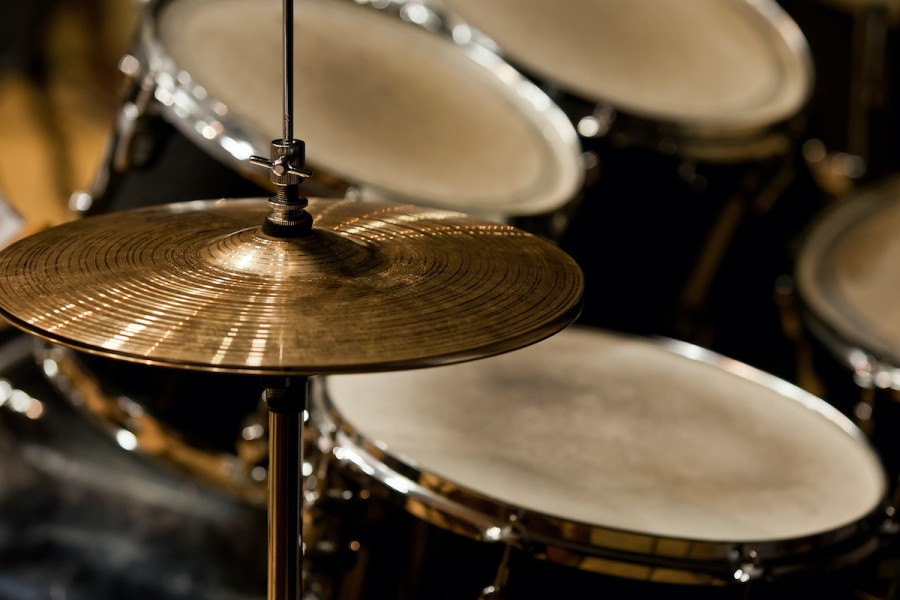An instrument that is made using sonorous materials is what a percussion instrument is, and the vibration brought about by a percussion instrument could either have an indefinite or definite pitch. There are several ways to determine the pitch produced by a percussion instrument, but what we are focused on today is the history of percussion instruments. The size of objects in a pitch instrument is what determines pitch of a percussion instrument.
Percussion instruments are known to produce sound either by shaking, scraping, or hitting them, and one of the oldest members of the percussion instrument is the drum. The drum is also regarded as one of the oldest musical instrument we have today, and some of the old drums discovered by archeologists are as old as eight or nine thousand years. That is a lot of time if you ask for my opinion.
This means that people have dedicated their time in inventing percussion instruments for thousand of years, and a common act around monkeys is the beating of drums using a hollow stick. This tells you that drums have been in existence for so many years, and taking a look around you will let you know that there are several materials around you that can be used for making drums and for drumming.

This is why you will find a drum among every ancient culture present today as drums are used in showing how important an event, place, or person is. Dances, funerals, military initiations, weddings, communications, and even war sounds take effect at the sound of the drum back in the days of old, and the magical drums ruled everything in terms of ancient myths.
Something historians and anthropologists always say is percussion instruments were the first ever musical devices on the surface of the earth, but facts have it that the voice was man’s first ever musical instrument. Percussion instruments were the next evolution step in the world of music as they could be played using the hands and feet, logs, rocks, and even sticks.
When it comes to classifying percussion instruments, your classification of these instruments will depend on function, ethnic origin, and construction relating to orchestration and musical theory. Describing percussion instruments as being un-pitched or pitched isn’t enough when it comes to classifying these instruments, but there are certain criteria that you can follow when it comes to classifying percussion instruments. These criteria are;
- By the way sounds are produced
- By orchestration and musical function
- By prevalence in common knowledge
- By tradition and cultural significance
When talking about the history of percussion instruments, more emphasis is placed on the drum since it is one of the oldest musical instruments present today. There are scholars who are of the opinion that the ancient drum was used for ritual purposes, and this is why people regarded the drums back then as the central way of living. One function of the drum in days of old is it helps in controlling the mind of people listening to it.
Trendy Post – What Does An RF Modulator Do
History Of Percussion Instruments

Function Of Percussion Instruments
Referred to as the heartbeat or backbone of music, percussion instruments can serve several functions in the world of music today. A drummer and a bassist are regarded as the rhythm section of every jazz or popular music, and several classical pieces were written with more emphasis placed on brass, woodwinds, and string instruments. Timpani on the other hand can be included in jazz or any popular music for providing extra accents.
The cymbals and triangles started serving other purpose in the eighteenth and nineteenth centuries, and you can also see that the percussion instruments have also turned out to be useful in the twentieth century. Making use of percussion instruments is pivotal in all genres of music today, and you can tell that it is beats from bass drums that serves as motivation for every soldier in the army when marching.
The tune of a regiment is determined by the decisive and crisp air produced when snare drums are played, and the distinctive rhythm drums provide in classic jazz music can also not be over emphasized. Taking a look at modern music, it is quite impossible to say that percussion instruments have not been involved in soul, funk, rap, and hip-hop songs.
Percussion instruments are so diverse which is why it is very easy to find musical ensembles that are made up of percussion instruments. In musical groups nowadays, you are going to find harmony, melody, and rhythm, and you are going to love the sight of this during a live performance. However, examples of percussion instruments are listed below;
- Jingles
- Triangles
- Anvils
- Side drums
- Bass drums
Tuned percussion instruments on the other hand includes;
- Crotals
- Bells
- Glockenspiel
- Marimba
- Xylophone
Check This Out – Are Rockville Speakers Good
Making Your Own Percussion Instruments
In the environment that we live in, there are so many materials that you will get around you if you want to make or create your own percussion sound. Making use of your ears is one of the things that will work for you, and you should consider making use of wooden boxes which produces very rich tone and do not cost an arm and leg. A very nice instrument to start out with is a nice wooden box, but it doesn’t end with using nice wooden boxes.
Other materials you can try out if you want to create good sounds includes;
- Frying pans
- Brake drums
- Hub caps
- Old keys
- Glass jars
- Coffee cans
- PVC pipes
- Pipes
- Dowel
- Copper tubing
The materials is likely going to sound very good if it is made out of plastic, metal, and wood, and an extra benefit is if it comes with a hollow or round shape. Making use of your imagination and ears is one of the important steps to take if you are keen on making your own percussion sounds.
Final Thoughts
It is safe to conclude that percussion instruments are the heartbeat of music today, and you will also agree with the fact that tribal organization relating to crude wars, religion, and work all found their way from these instruments.

